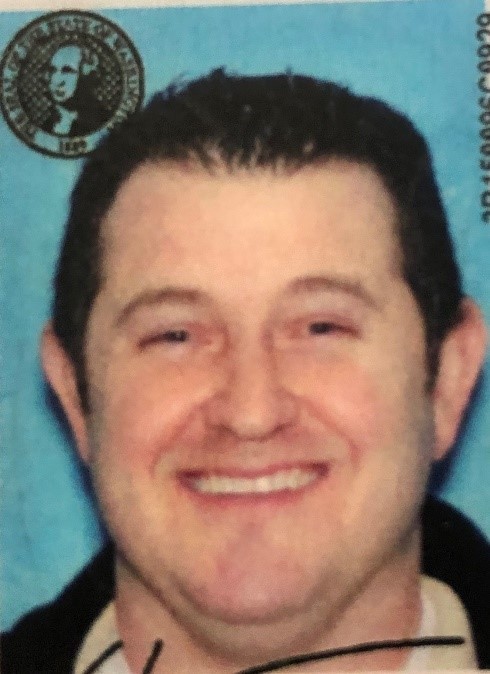
Patient Notification When Prescribing Opioids
Provided by Dr. Aaron Stevens

As my driver’s license picture shows, I used to be a bit more (cough) “rotund.” I like Doritos. Problem is, I hate tight clothes and am too cheap to buy new ones. I was at an impasse and had to make a change. I developed some new eating habits, and the weight came off. Fast forward a few years and enter COVID. Stress goes up, schedules get weird, my shiny new habits go out the window, and now my clothes are tight again. My scrubs are my warning system and the strained seam threads are screaming that it is time to reinstitute the better habits before some something “untoward” happens.
These aren’t the only new habits that have fallen off during COVID. There is an uptick in prescribers sliding back toward old recordkeeping habits.
Under new (ish) law, WAC 246-817-907, we are required to perform the following at first opioid prescription or transition between phase of treatment.
Item 1 above must be from the dentist and conversation documented. Items 2-5 may be in written form, here is a handout that can be used. All must be demonstrable in the record. In my office, I discuss No. 1 and write it in my notes. I also give the patient a handout meeting 2-5 and attach it to their electronic file. I’m covered, and it’s honestly pretty easy.
Toolkits are available to help make practitioners aware of the new requirements. They include:
So, it’s time to reel things back in, refocus, and get habits back under control. Docs, let’s make sure we are following the legal requirements above. If you can do that, I can get my eating habits managed. I’ll feel better, give my scrubs a much-needed break, and be ready for a much better driver’s license picture.